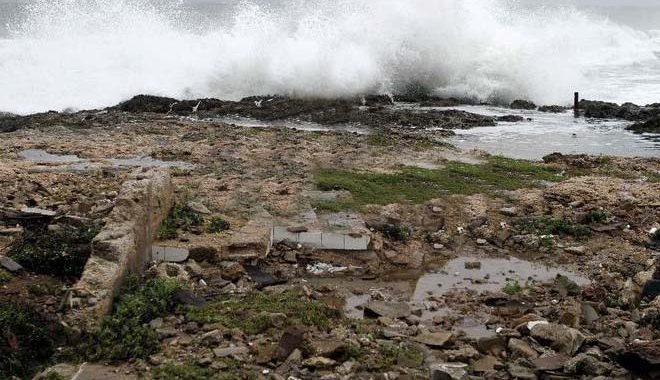Dorothy got swept up in a twister and transported to the land of Oz, but we all know we wouldn’t be so lucky.
Watching the weather channel this time of year is enough to make anyone in a tornado-prone area consider building a safe place at their home. But we can’t all build a storm shelter or safe room. Sometimes we must seek out the Best Available Refuge Area (BARA).
The Federal Emergency Management Agency (FEMA) has specific definitions for storm shelters, safe rooms, and BARAs; and if you are looking to build or identify one of these, it helps to know what you’re asking for.
Safe Rooms
FEMA defines a safe room as a hardened structure “specifically designed to meet FEMA Funding Criteria and provide near-absolute protection in extreme wind events, including tornadoes and hurricanes.” To be considered an official safe room, the structure must follow, in design and construction, the guidelines specified in FEMA P-361, Safe Rooms for Tornadoes and Hurricanes: Guidance for Community and Residential Safe Rooms.
Storm Shelters
Storm shelters are designed per the International Code Council (ICC) 500 code, Standard for the Design and Construction of Storm Shelters (known as ICC 500). ICC 500 was updated in 2014 after considerable research following several significant tornado and hurricane events. It defines storm shelters as buildings or portions thereof that comply with ICC 500.
So what’s the difference between a safe room a storm shelter? Safe rooms meet the criteria in FEMA P-361 and meet or exceed ICC 500 criteria, while storm shelters meet the criteria in IC 500 only and don’t meet the additional “Funding Criteria” in FEMA P-361 to be considered a “safe room.” So, in short, all safe rooms are storm shelters, but not all storm shelters are safe rooms.
BARAs
In layman’s terms, a BARA is simply a location in an existing building where we go when trouble hits – the building’s area least vulnerable to life-threatening storms. This location is not specifically designed to withstand severe weather conditions, but we’re less likely to sustain injury when sheltering there.
FEMA provides a checklist for design professionals to use in rating a BARA. The checklist covers both structural and non-structural characteristics of a facility with questions designed to identify vulnerabilities. With this checklist, you can score various BARAs before the wind blows your way to decide which space is best for you or your business.
To investigate funding sources for constructing a safe room in your home or business, you can check with your state’s Hazard Mitigation Officer.
Stay safe this tornado season! Don’t let someone drop a house on you!
